The creation of a cash register POS (Point of Sale) system involves a multi-step process that integrates advanced technology with practical functionality. It begins with the design phase, where engineers and designers collaborate to develop the system's hardware and software. The hardware components, including the touchscreen display, processor, memory, and peripheral devices like barcode scanners and receipt printers, are carefully selected and assembled. During this stage, the focus is on durability, user-friendliness, and the ability to handle high-volume transactions.
Simultaneously, the software is developed, encompassing everything from the operating system to the specific POS application that manages sales, inventory, and customer data. This software must be intuitive, secure, and capable of integrating with various payment methods and business management tools. After assembly, the system undergoes rigorous testing to ensure that all components work seamlessly together and that the software functions correctly under different scenarios.
Once testing is complete, the system is customized according to the client's specific requirements, which may include branding elements, specialized software features, or additional hardware peripherals. The final product is then packaged and shipped to the customer, ready for installation and use. Continuous support and updates are provided to ensure the POS system remains efficient and up-to-date with the latest technological advancements.
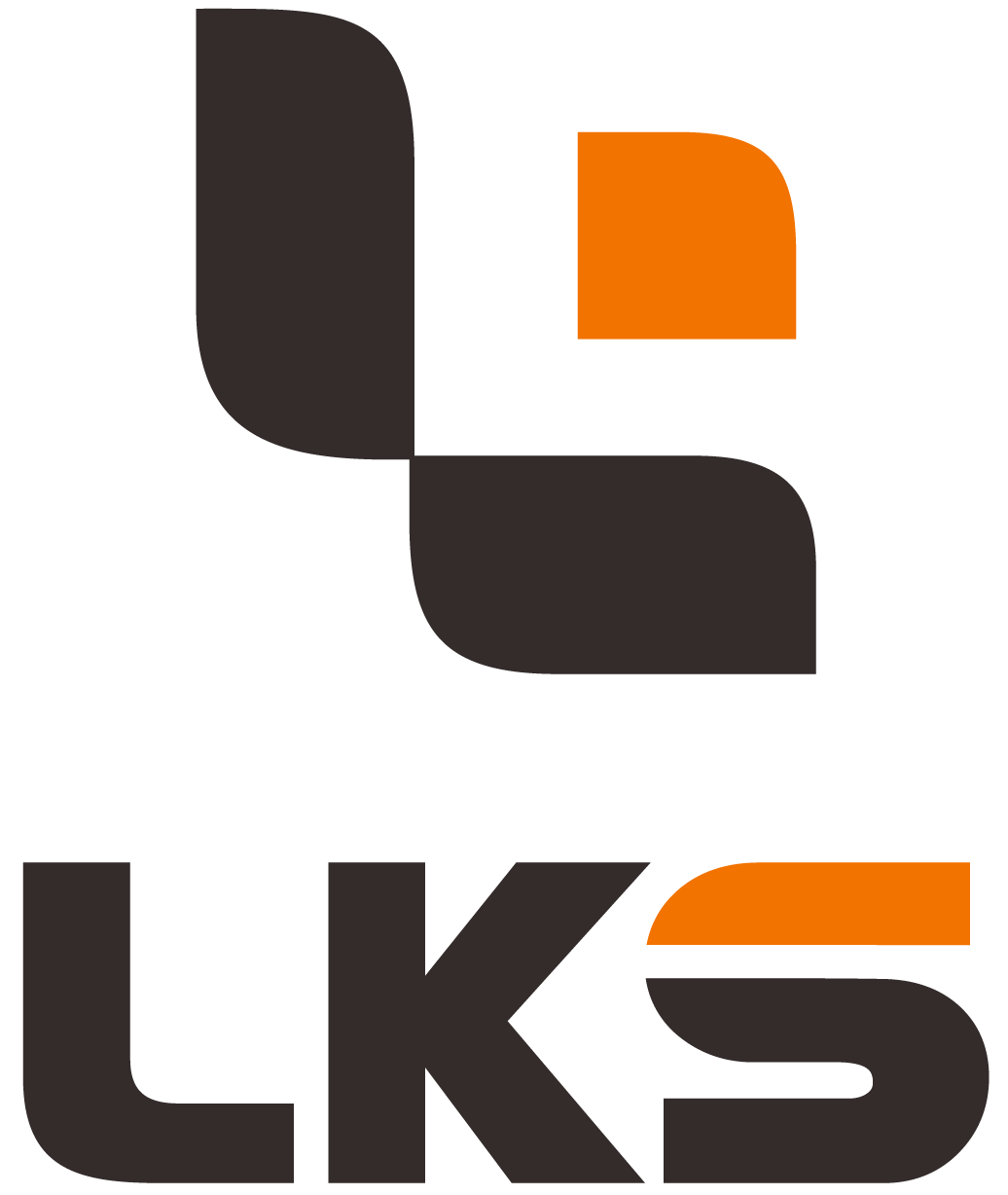

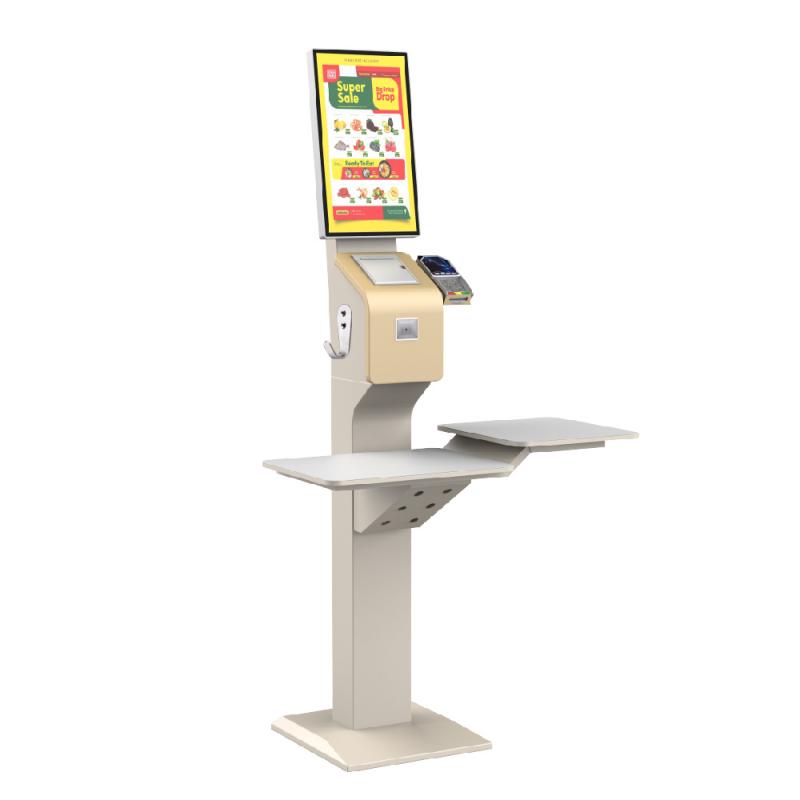

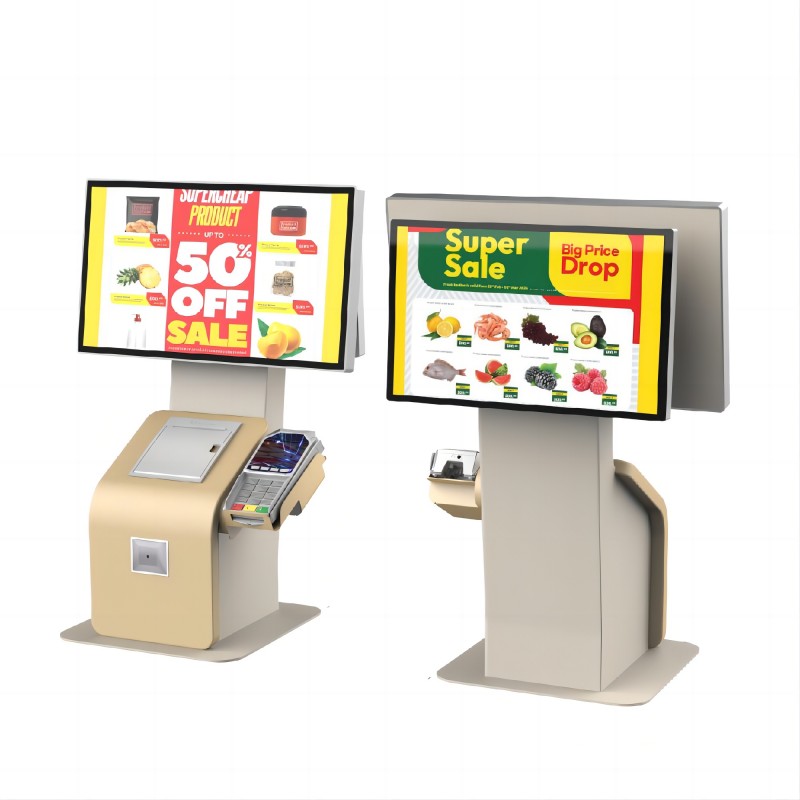

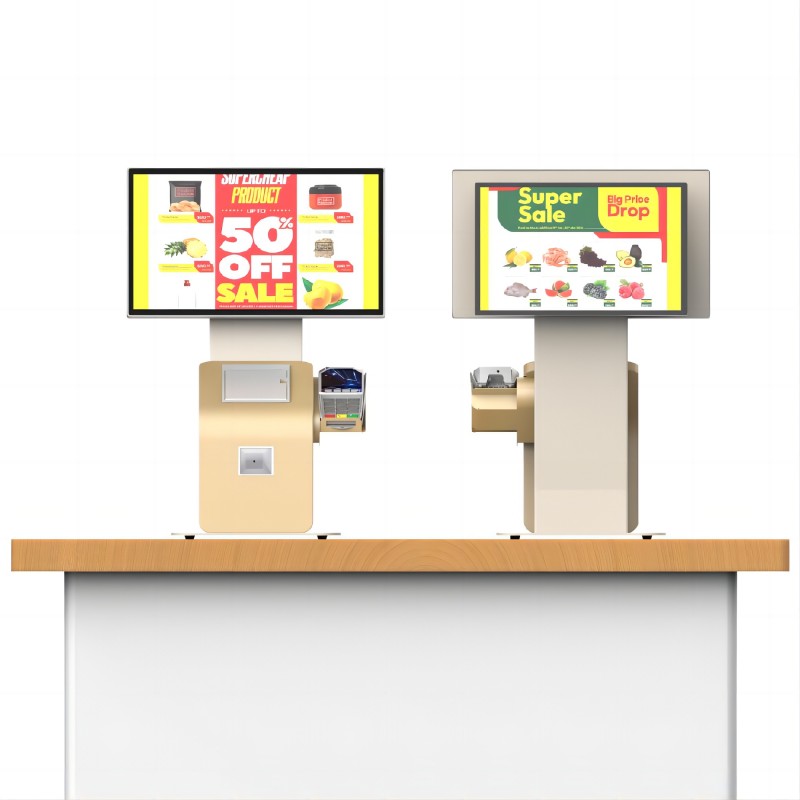
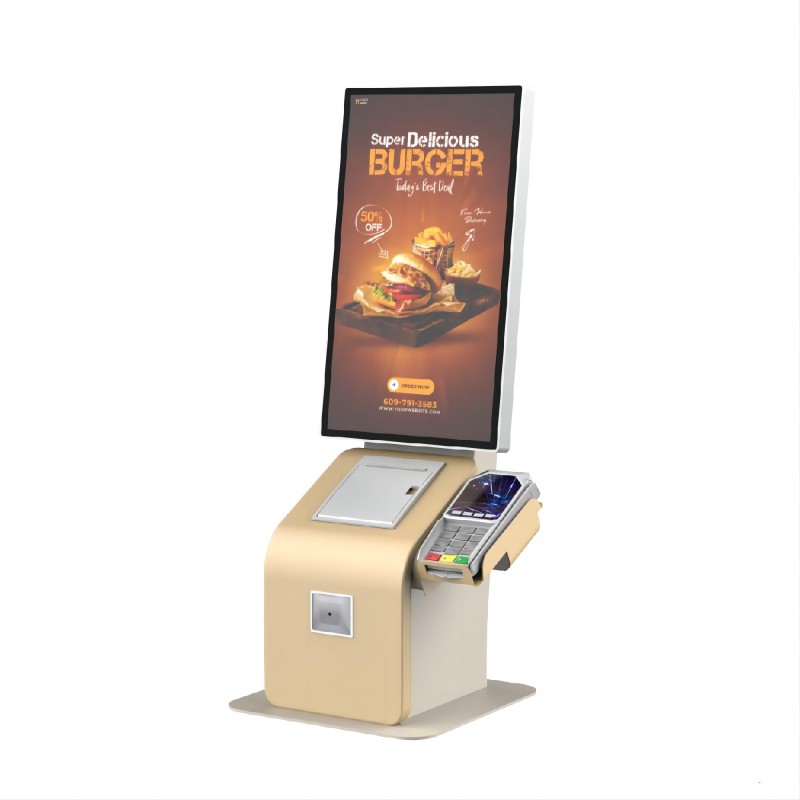


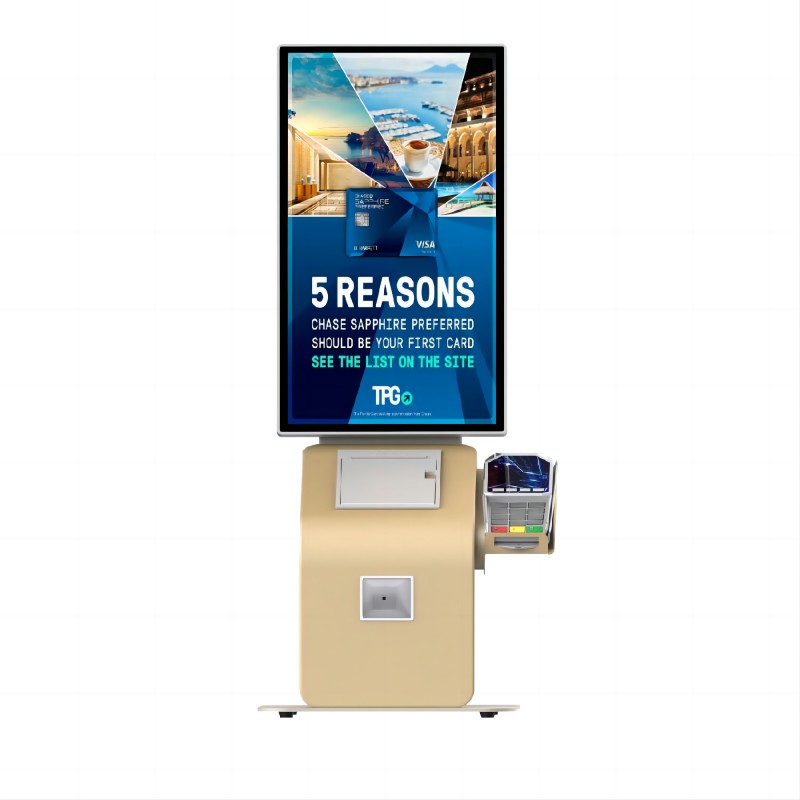


What did our happy clients say?
The POS cash register has greatly streamlined our checkout process. Its user-friendly interface and reliable performance have improved our efficiency. Thanks to [Supplier Name] for their excellent support!
We’re thrilled with our new POS register! It’s fast, accurate, and fits perfectly in our store. A big thank you to [Supplier Name] for their exceptional service and customization options.
Our sales have become more efficient thanks to this POS system. The integration with our inventory has been seamless. Kudos to [Supplier Name] for their outstanding product and support.
The POS cash register is a game-changer for us. It’s easy to use and very reliable. We appreciate Lean kiosk system for their prompt delivery and excellent customer service. Highly recommended!